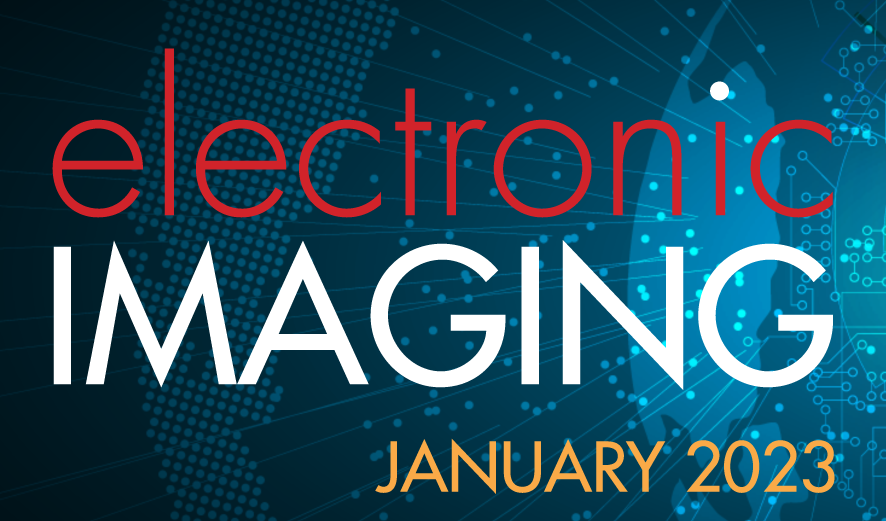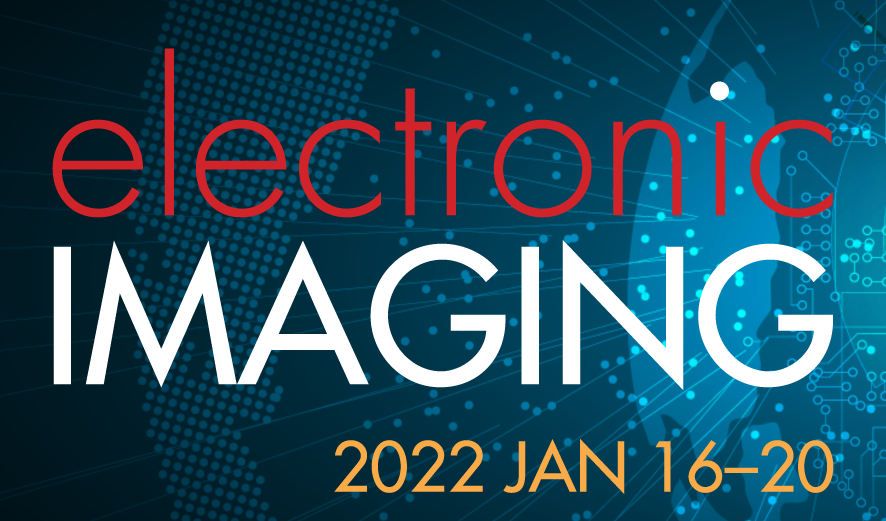
The ease of capturing, manipulating, distributing, and consuming digital media (e.g., images, audio, video, graphics, and text) has enabled new applications and brought a number of important security challenges to the forefront. These challenges have prompted significant research and development in the areas of digital watermarking, steganography, data hiding, forensics, deepfakes, media identification, biometrics, and encryption to protect owners’ rights, establish provenance and veracity of content, and to preserve privacy. Research results in these areas has been translated into new paradigms and applications for monetizing media while maintaining ownership rights, and new biometric and forensic identification techniques for novel methods for ensuring privacy. The Media Watermarking, Security, and Forensics Conference is a premier destination for disseminating high-quality, cutting-edge research in these areas. The conference provides an excellent venue for researchers and practitioners to present their innovative work as well as to keep abreast of the latest developments in watermarking, security, and forensics. Early results and fresh ideas are particularly encouraged and supported by the conference review format: only a structured abstract describing the work in progress and preliminary results is initially required and the full paper is requested just before the conference. A strong focus on how research results are applied by industry, in practice, also gives the conference its unique flavor.

The ease of capturing, manipulating, distributing, and consuming digital media (e.g. images, audio, video, graphics, and text) has motivated new applications and raised a number of important security challenges to the forefront. These applications and challenges have prompted significant research and development activities in the areas of digital watermarking, steganography, data hiding, forensics, media identification, and encryption to protect the authenticity, security, and ownership of media objects. Research results in these areas have translated into new paradigms and applications to monetize media objects without violating their ownership rights. The Media Watermarking, Security, and Forensics conference is a premier destination for disseminating high-quality, cutting-edge research in these areas. The conference provides an excellent venue for researchers and practitioners to present their innovative work as well as to keep abreast with the latest developments in watermarking, security, and forensics. The technical program will also be complemented by keynote talks, panel sessions, and short demos involving both academic and industrial researchers/ practitioners. This strong focus on how research results are applied in practice by the industry gives the conference its unique flavor.

Tim’s Vermeer is a recent documentary feature film following engineer and self-described non-artist Tim Jenison’ extensive efforts to “paint a Vermeer” by means of a novel optical telescope and mirror-comparator procedure. His efforts were inspired by the controversial claim that some Western painters as early as 1420 secretly built optical devices and traced passages in projected images during the execution of some of their works, thereby achieving a novel and compelling “optical look.” The authors examine the proposed telescope optics in historical perspective, the particular visual evidence adduced in support of the comparator hypothesis, and the difficulty and efficacy of the mirror-comparator procedure as revealed by an independent artist/copyist’s attempts to replicate the procedure. Specifically, the authors find that the luminance gradient along the rear wall in the duplicate painting is far from being rare, difficult, or even “impossible” to achieve as proponents claimed; in fact, such gradients appear in numerous Old Master paintings that show no ancillary evidence of having been executed with optics. There is indeed a slight bowing of a single contour in the Vermeer original, which one would normally expect to be straight; however, the optical explanation for this bowing implies that numerous other lines would be similarly bowed, but in fact all are straight. The proposed method does not explain some ofthe most compelling “optical” evidence in Vermeer’s works suchas the small disk-shaped highlights, which appear like the blur spots that arise in an out-of-focus projected image. Likewise, the comparator-based explanations for the presence of pinprick holes at central vanishing points and the presence of underdrawings and pentimenti in several of Vermeer’s works have more plausible non-optical explanations. Finally, an independent experimentalattempt to replicate the procedure fails overall to provide support for the telescope claim. In light of these considerations and evidence, the authors conclude that it is extremely unlikely that Vermeer used the proposed mirror-comparator procedure.

In recent years, the number of forged videos circulating on the Internet has immensely increased. Software and services to create such forgeries have become more and more accessible to the public. In this regard, the risk of malicious use of forged videos has risen. This work proposes an approach based on the Ghost effect knwon from image forensics for detecting forgeries in videos that can replace faces in video sequences or change the mimic of a face. The experimental results show that the proposed approach is able to identify forgery in high-quality encoded video content.